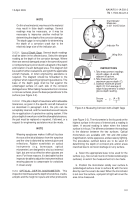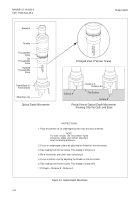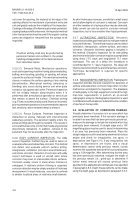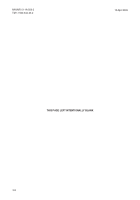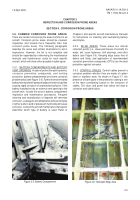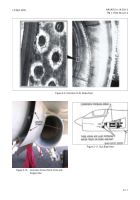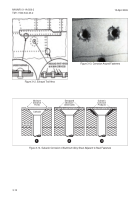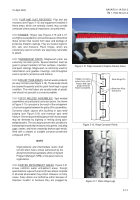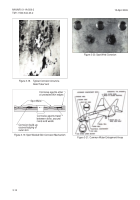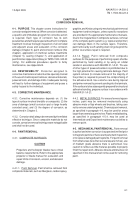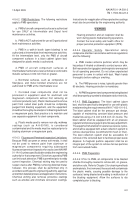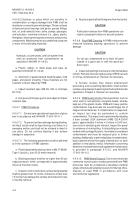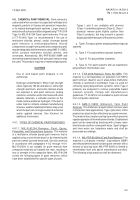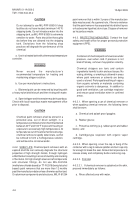TM-1-1500-344-23-2 - Page 73 of 240
3-13
NAVAIR 01-1A-509-2
TM 1-1500-344-23-2
15 April 2009
Figure 3-15. Flaps Lowered to Expose Recess Areas
Figure 3-16. Hinge Corrosion Points
Steel Hinge Pin
Aluminum Alloy
Extrusions
Hidden corrosion
occurs here. Joint
freezes and lugs
break off when
hinge is actuated.
Figure 3-17. Piano Hinge Lugs
3-5.9. FLAP AND SLAT RECESSES. Flap and slat
recesses (see Figure 3-15) and equipment installed in
these areas, which are normally closed, may corrode
unnoticed unless special inspections are performed.
3-5.10.HINGES. Hinges (see Figures 3-16 and 3-17)
are highly susceptible to corrosion because of dissimilar
metal contact that results from wear and damage of
protective metallic coatings. They are natural traps for
dirt, salt, and moisture. Piano hinges, which are
extensively used on aircraft, are especially vulnerable
to attack.
3-5.11.MAGNESIUM PARTS. Magnesium parts are
extremely corrosion prone. Special attention must be
given to proper treatment of their surfaces, insulation,
and paint coatings. Magnesium is commonly used for
transmission and gearbox housings, and throughout
avionic systems (antennas and frames).
3-5.12.RELIEF TUBE AREAS. Human waste products
are very corrosive (see Figure 3-18). These areas should
be cleaned frequently and the paint finish kept in good
condition. The relief tubes are usually made of plastic
and should not present a corrosion problem.
3-5.13.SPOT WELDED ASSEMBLIES. Spot-welded
assemblies are particularly corrosion prone. As shown
in Figure 3-19, corrosion is the result of the entrapment
of corrosive agents between the parts of the assemblies.
Corrosive attack causes skin buckling or spot weld
bulging (see Figure 3-20) and eventual spot weld
fracture. Skin and spot weld bulging in their early stages
may be detected by sighting or feeling along spot-
welded seams. The only way to prevent this condition is
by keeping the potential moisture entry points, including
gaps, seams, and holes created by broken spot-welds,
filled with a sealant or suitable corrosion preventive
compound (CPC).
NOTE
Organizational and Intermediate levels shall
not drill drain holes unless authorized by the
Aircraft Controlling Custodians (ACC) or System
Program Manager (SPM) of the parent service
organization.
3-5.14.WATER ENTRAPMENT AREAS. Figure 3-21
shows common water entrapment areas. Design
specifications require that aircraft have drains installed
in all areas where water may collect. However, in many
cases, these drains are ineffective either because of
improper location or because they are plugged by
Back to Top

